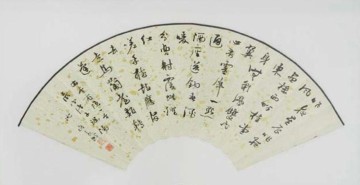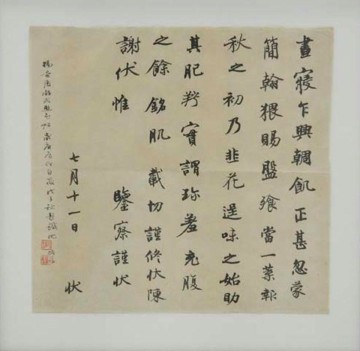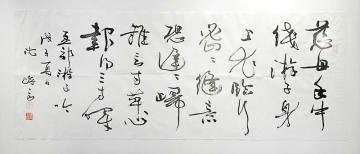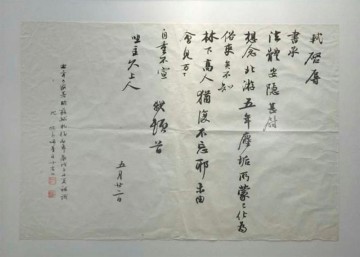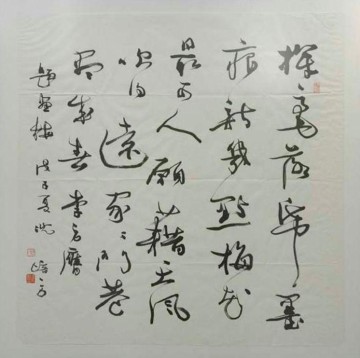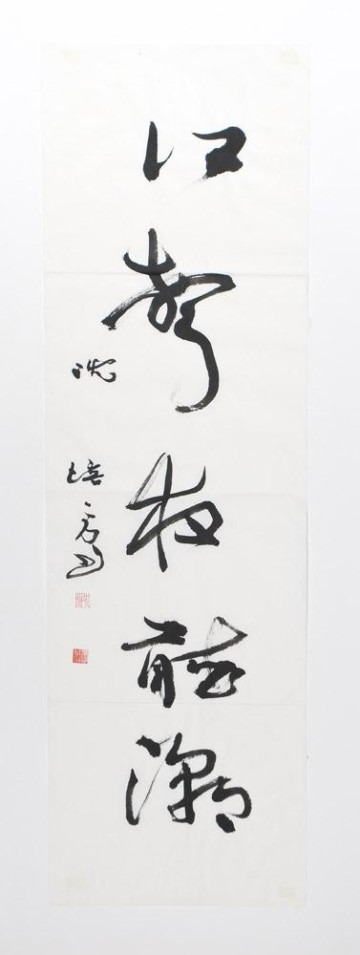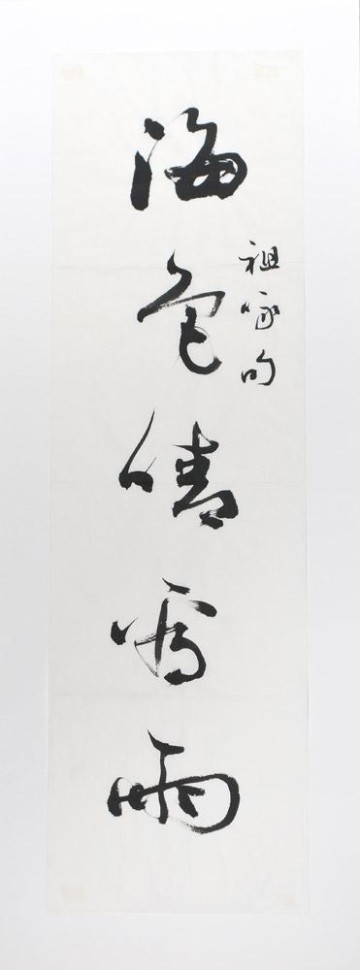Shen Peifang
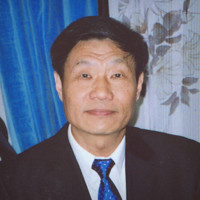
Shen Peifang
Shanghai, China
Calligrapher, editor, Professor, Administrative Director of the Shanghai Calligrapher Association, Director of the Chinese Canglang Calligraphy Society
The Art Beauty of Chinese Calligraphy
Calligraphy is the art of writing Chinese characters. It is unique to the Chinese nation, and has a long history of several thousand years of tradition. There are numerous calligraphy works and theoretical writings handed down, which have become two integral parts of Chinese calligraphy.
Calligraphy art (it has changed its main function to appreciate the works, and thus lead appreciators to the sentiment, taste, ambition of natural life, etc.) is evolved from practical writing (its main function is to express ideas).
The art beauty of Chinese calligraphy is gradually understood by calligraphers from unconscious to conscious, from sentimental to rational, it is intensive and profound, but there are also clear and unique inherent rules in it.
There is a Chinese proverb “whistle jigs to a milestone ”; it is an analogy that people who do not know music often turn a deaf ear to it. Similarly, if people do not know calligraphy, he can only turn a blind eye to its art beauty.
Character is Chinese calligraphy’s visual carrier. It is pictographic (representation) gradually becoming ideographic, but in any case, Chinese characters follow the basic rules of visual modeling beauty such as symmetry, balance, coordination, visual changes and so on, it is always constant and unchanged, no matter how abstract the structure of Chinese characters, it always retains the “concrete image in abstract character”, so they have beauty of space art.
The primary tool in Chinese calligraphy is the writing brush. It is this unique cone and flexible writing tool made of animal hair (including sheep hair, wolf hair, rabbit hair, chicken feathers, etc.) found by ancestors who developed unique ways to use it(that is, “Writing rules” Or “Using the writing brush”, “Moving the writing brush”, “controlling the writing brush”), supported by appropriate-humid paper (mainly Xuan paper) or silk, dipping into the black ink with showed shades,the tool is very simple, but the three are integrated into one and scientifically used, it has a rich and unbelievable art expressive force.
Westerners often meet difficulties and obstacles when they appreciate Chinese calligraphy, because they “fear” they do not recognize Chinese characters. Of course, it is very conducive to having an understanding Chinese calligraphy if readers can recognize Chinese characters. However, the art beauty of calligraphy is far from limited to reading, there are many aspects similar to eastern and western arts, for example, it has striking similarities to music.
In addition to the rules of visual modeling, the most important way to display Chinese calligraphy art is the beauty of lines which is generated by a scientific method (lie in the strokes and its changes of works), that is why the Chinese call Chinese calligraphy “ line art”, particularly with string music, vocal music which is different in approach but with equally satisfactory results.
Take the violin as an example, the bow (made of horse mane) and the writing brush; strings and Xuan paper, rosin and ink, different names but the same functions. I consulted the dictionary: “the violin belongs to the group of stringed instrument which is played through rubbing the strings.” There is a playing technique for the violin,and also writing skill of the writing brush, when the bow rubs the string, a beautiful sound comes out, when moving the writing brush on paper,it comes out strokes, their principles are very similar to each other and the purpose almost the same.
The following areas will explain the similarity between calligraphy and the music.
| Music |
Calligraphy |
| tone colour | writing nature |
| acoustic quality |
quality of line |
| intonation | accurate writing skill |
| volume | writing intensity |
| tone range | the comparison of writing changes |
| tempo | pause and transition when writing |
| rhythm | partial or entire arrangement of calligraphy works |
| artistic conception | artistic conception |
In addition to the conception which derived from appreciation and imagination by instrumentalists and calligraphers, the others are all built and sublimated by superb skills of instrumentalists and calligraphers.
Taking classical music and calligraphy works handed down of those well-known performers (singers) and calligraphers as example to discuss the principle consensus of Chinese calligraphy and music. A person who is good at music and analogical imagination will be good at appreciating Chinese calligraphy, and vice versa.
Modeling Beauty (space art) Summary. Emotional Memory (life experience and artistic imagination) Summary.
That is why Chinese calligraphy is praised as “colourless but brilliant like a picture, silent but has musical harmony, concise but thought-provoking”.
Author works
Face of Pan. Both sides, poem by Lu You, poem by Li Shangyin
Xuan paper, Chinese ink, writing brush, 87x52 cm, 2008Horizontal hanging scroll – “A Poem by a Leaving Son” by Meng Jiao
Xuan paper, Chinese ink, writing brush, 91.6х34.9 cm, 2006Couplet – “Sunrise of the East China Sea in the morning, growing rays brilliant”
By Tang ZuyongXuan paper, Chinese ink, writing brush, 25x70 cm, 2008
Copy of Garlic Flower Article by Yang Ningshi
Xuan paper, Chinese ink, writing brush, 53x37 cm, 2000Poem describing plum blossom by Li Fang Ying Square paper
Xuan paper, Chinese ink, writing brush, 66x66 cm, 2008For the largest part ill handwriting in the world is caused by hurry.
(Lewis Carroll)
